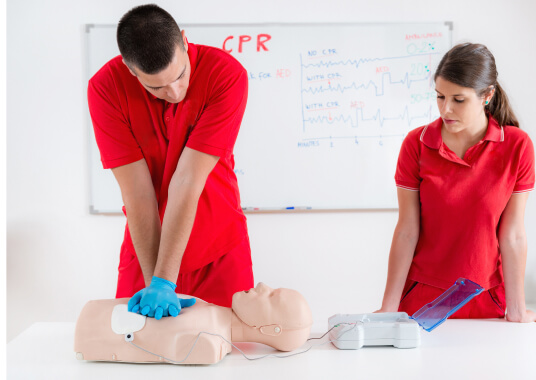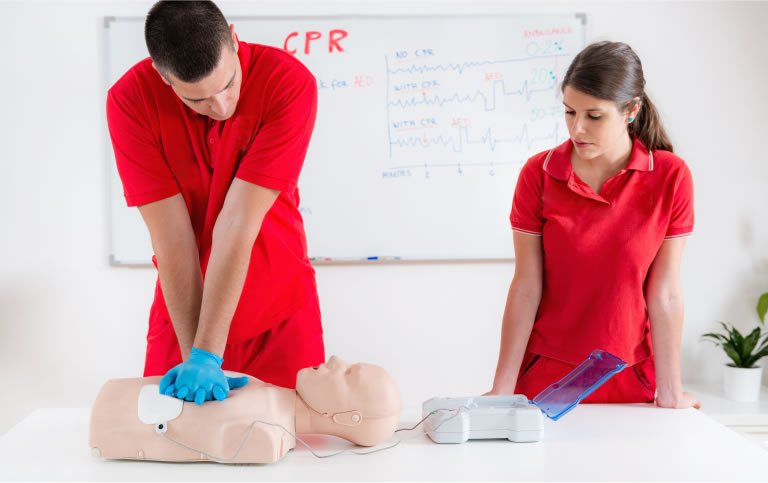CPR, First Aid, BLS, ACLS, PALS certifications.


Learn how to provide essential care before emergency responders arrive with our 100% Online First Aid Course. Complete it in 1–2 hours and receive instant certification valid for 2 years—plus unlimited quiz retakes.
| Chapters | CE Credits | Validity | Cost | Duration | ECC | Exam Attempts | Wallet Card |
|---|---|---|---|---|---|---|---|
| 25 | 6.0 | 2 Years | $36.95 | 1-2 Hrs | Compliant | Unlimited | Download/Print/Mail |
The brain and central nervous system control nearly every part of the body, from movement and sensation to reasoning, reflexes, and vital signs like heart rate and blood pressure. Because of this, injuries to the brain, spine, or nervous system can have serious effects elsewhere in the body. Quick and correct First Aid is essential in these cases.

These emergencies can happen due to both medical conditions and physical trauma. Some common causes include:
Every emergency looks a little different, but common signs include:
If they stop breathing or lose consciousness, start Cardiopulmonary Resuscitation (CPR) or Hands-Only CPR if you’re not trained to give breaths.
You’ll come back to these steps often in this Online First Aid Course, and they’ll help you act quickly and safely when every second matters.